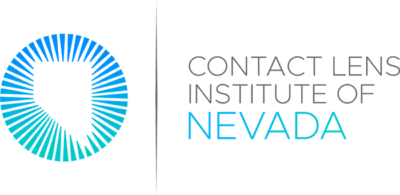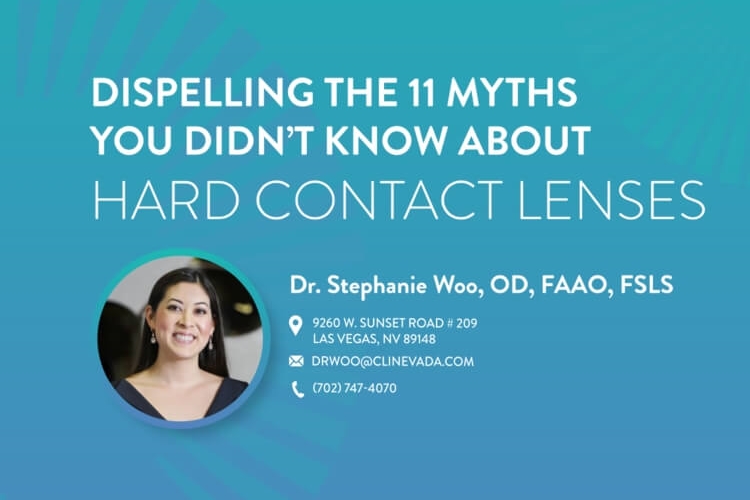Many of our patients ask about eye drop recommendations. Some of the key things that I consider:
- Eye Condition(s)
- Contact Lens Wearer?
- What type? soft? hard? hybrid?
- Age
- What problems are you having and how often?
- What have you used before (if anything)?
If a patient has a medical eye condition such as sjogren’s syndrome, graft-vs-host disease, Stevens-Johnson, extreme dry eye, etc., I will always recommend a non-preserved eye drop. This is because the surface of the eye is compromised and I don’t want any unnecessary preservatives sticking around on the ocular surface. Over time, too much exposure to preservatives can lead to a toxic response on the ocular surface.
If a patient wears contact lenses, I also recommend preservative free drops. This is because the preservatives within the eye drops can stick to the contact lens material. Then, those preservatives can stay on the contact lens surface, making contact with the eye for many hours. This continued exposure can cause a sensitivity to the preservative, making your eye red, dry, and irritated. There are some eye drops that are labeled “for contacts” which might be safe for the type of contact lens that you wear. If you have any questions, ask your eye doctor for their recommendations.
Here are my top eye drops, in no particular order (I have no financial interest in any of these eye drops):
Oasis Tears. I like these because they are individual vials and preservative-free. Many of my patients use they on a routine basis every day. If you have scleral lenses, and suffer from scleral lens fogging, this can be incredibly helpful. Simply fill the bowl of your scleral lens with 1 or 2 drops of Oasis tears, and then fill the rest of the bowl with non-preserved saline. Many of our scleral lens patients who suffer from fogging find that if they use Oasis tears to fill the bowl of their lens, they can wear their lenses for a longer period of time without them fogging up.
Blink for Contacts. This eye drop is made for contact lenses (soft and hard lenses). It is in one large bottle instead of vials, so it is NOT preservative free. This is important because if your eye doctor recommends a preservative-free artificial tear, this would not be a good option for you. You can find this eye drop at most local drugstores and grocery stores.
Retaine MGD. This eye drop is great for anyone who needs to replace the lipid layer of their tears. There are 3 layers of tears. The bottom layer is a mucous layer, which is closest to your eyeball. The middle layer is the aqueous layer, which is made of mostly water. The top layer is a lipid layer. Think of this top layer as an oil layer. It helps to prevent tears from evaporating off the surface of your eye. This is a great option if you have meibomian gland dysfunction.
Celluvisc. This is another more viscous preservative-free tear. It is similar to Oasis tears, but more readily found in local stores. Sometimes it is out of stock, so it can be frustrating for patients who rely on this product. This is another troubleshooting eye drop that I use for scleral lens patients when they have issues with fogging. Simply add 1 or 2 drops of Celluvisc to the bowl of your scleral lens and then fill the remainder of the bowl with your non-preserved saline. If you like this drop, stock up because stores quickly run out of it and it may take weeks or months for you to get it.
Systane Preservative-Free. This is another product that is easy to find at most any store that you already shop. I have seen them at local drugstores and grocery stores. Be careful with this brand (Systane) because they have so many eye drop options, it can be hard to remember which one to use. They have many different eye drops that are very good to use without contacts (such as Systane Balance, Systane Ultra, etc), but if you are using the eye drops in conjunction with contact lenses, please choose the preservative free vials.
Zaditor. This is another eye drop you can find over-the-counter at most stores. However, sometimes you have to ask the pharmacist because they keep it behind the counter or they keep it locked up. This is not because you need a prescription to purchase it. This is easily purchased at a store or online. This is a GREAT eye drop for anyone suffering from eye allergies. If you have itchy, runny, irritated eyes, this is a great product to try. This does have preservatives, so please use one eye drop in the morning when you wake up, then wait five minutes and then insert your contact lenses. At night, remove your contact lenses, and then place another drop of Zaditor. This is a great over-the-counter eye drop for eye allergies.
Refresh Relieva for Contacts. We give a sample of this to all of our patients during their contact lens training. Our Allergan rep gives us samples of these to pass onto patients. Again, this is one that you can easily find at most stores. The larger bottle indicates that it is not preservative free, however, many of our contact lens patients find this eye drop provides relief from dry eye during the day. There is also a preservative-free version which I have never actually seen at a store, but can be found online.
Blink Preservative-Free. This is another preservative-free product that I like recommending to patients. However, I have never found it at an actual store - all of my patients have to order this online. It is similar to Systane Preservative Free.
Regener-Eyes. This is the first eye drop of its kind. It is a biologic eye drop, meaning that it is made of stem cells. Many of my patients find this eye drop soothing. If you suffer from dry eye, this is a wonderful product to try, especially if you experience minimal effects from traditional eye drops. I recommend this to any of my extreme dry eye patients. Sometimes the stem cells are very powerful and can heal the damage from an impaired ocular surface. You can’t order this online or find it at a store, it must be prescribed through an eye care professional. Please ask your eye doctor if this is something you want to try.
Systane Gel. This is a great option for patients who suffer from extreme dry eye. You can’t use this during the day (because it is so thick that it will make your vision blurry). After your contacts are removed, you can squeeze a small amount into the lower eyelid cul-de-sac right before bed. This will coat your entire eye with a very thick layer of liquigel. It is much thicker than a traditional eye drop. This is great to use right before you go to bed. It is pretty expensive for such a small tube, but if it significantly helps with your dry eye, it is worth it.
I hope this list of eye drops was helpful to you! Wearing contact lenses can limit the type of eye drops you can use, but hopefully one of these on the list will work for you. As always, it is best to consult with your eye doctor if you don’t know which eye drop to select. They know your eyes the best, and they are true experts when it comes to eye drops.









